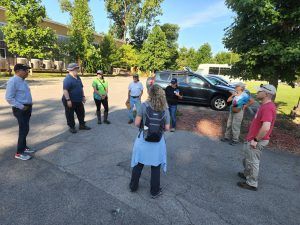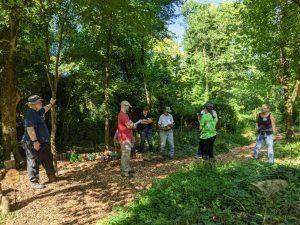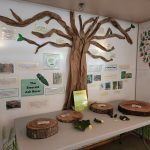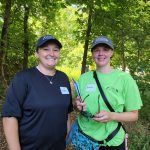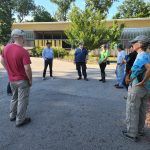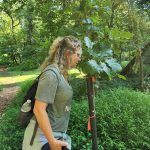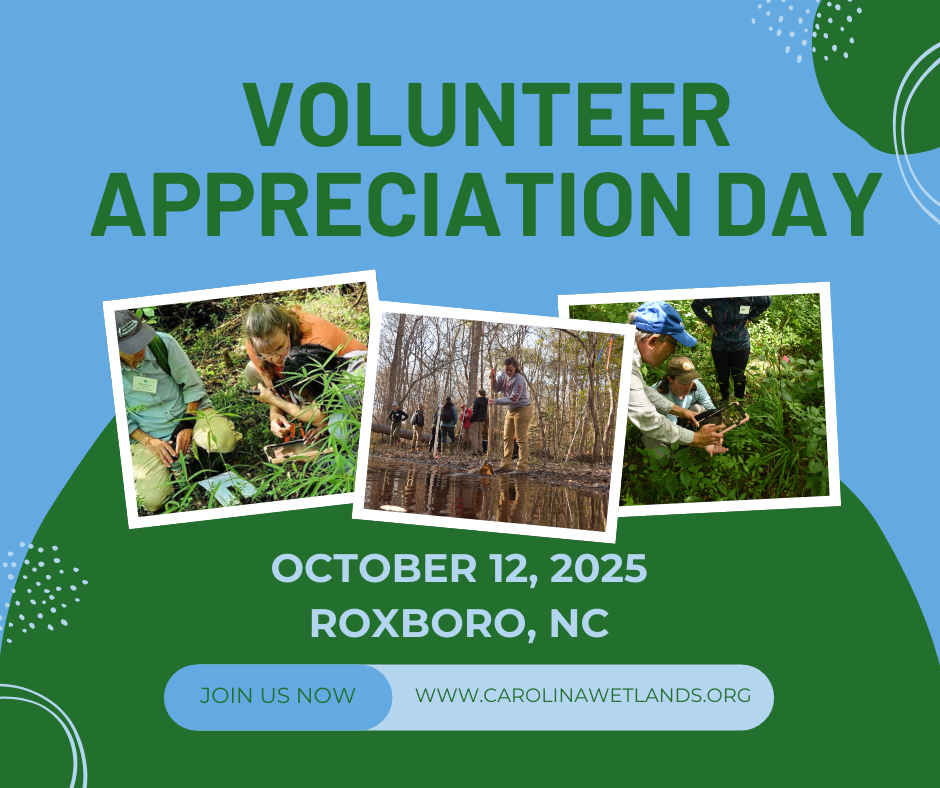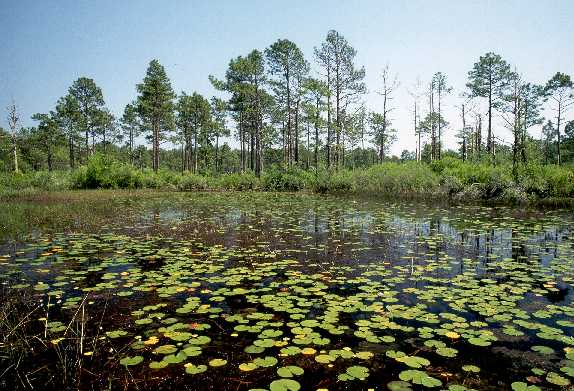By kim.matthews
•
October 25, 2025
Join Our 10-Year Anniversary Celebration! We are incredibly proud of all we’ve accomplished together over the last decade, and we can’t wait to celebrate this anniversary with the entire Carolina wetlands community. From advocating for critical policies to advancing wetland science and engaging thousands of volunteers and supporters, our work is only possible because of your dedication. 10 Years of Impact: Our Guiding Mission Since the beginning, Carolina Wetlands Association has been driven by a set of core principles that guide our work across four key program areas: Outreach: Promoting widespread understanding of and engagement in wetlands. Advocacy: Encouraging policies and programs that promote wetland conservation and protection. Science: Encouraging the advancement of wetland science and practices. Sustainability: Ensuring a viable organization for the long term to protect, promote, and restore wetlands. Whether it’s protecting our saltmarshes as nature’s climate protectors (a topic we explore in depth in our recent white paper ) or coordinating hundreds of volunteers to monitor wetlands, our commitment remains the same: protecting and preserving the vital wetlands of the Carolinas. Mark Your Calendar: Sunday November 16th Join us for a relaxed and festive evening to toast a decade of wetland conservation, education, and advocacy! Enjoy local brews, connect with fellow supporters, and celebrate the incredible impact we’ve made together. Whether you've been with us from the start or are just getting involved, we'd love to see you there! Date: Sunday, November 16, 2025 Location: Hi Wire Brewing Company, Address: 800 Taylor St #9-150, Durham, NC 27701 [ Directions ] Time: 2:00 PM – 5:00 PM We look forward to celebrating this incredible milestone with you and kicking off the next decade of protecting the Carolina Wetlands!
